Mixers are undoubtedly part of the must-have appliances in the kitchen. The question is, what kind of mixer is the right one for you? Although we can’t answer that directly for you, we can help you find the answer. Here we listed 4 types of baking mixers and factors to consider when buying one.
4 Types of Baking Mixers
1. Hand
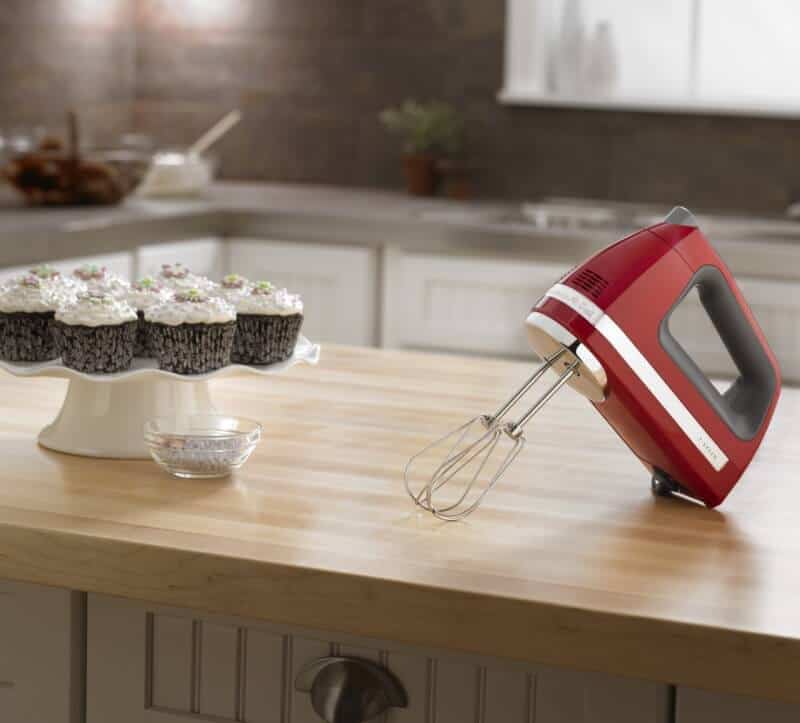
The first mixer type is the hand mixers. If you want to get the job done and don’t mind a bit of manual handling, hand mixers are for you.
These mixers are small and light, making it easy for you to bring them anywhere. They are very easy to clean, too.
To use a hand mixer, you only need to hold the mixer over the bowl. Then, control the mixer’s movement to ensure that every ingredient in the bowl is mixed thoroughly.
While these types of mixers are practical, the manual handling can be tiring depending on what your cooking needs are. Not to mention you need to give the mixer your full attention as well.
There is also wear and tear. Compared to stand mixers, hand mixers are more fragile and susceptible to wear and tear. This is especially so if you are working with thick batters or bread dough regularly.
2. Stand
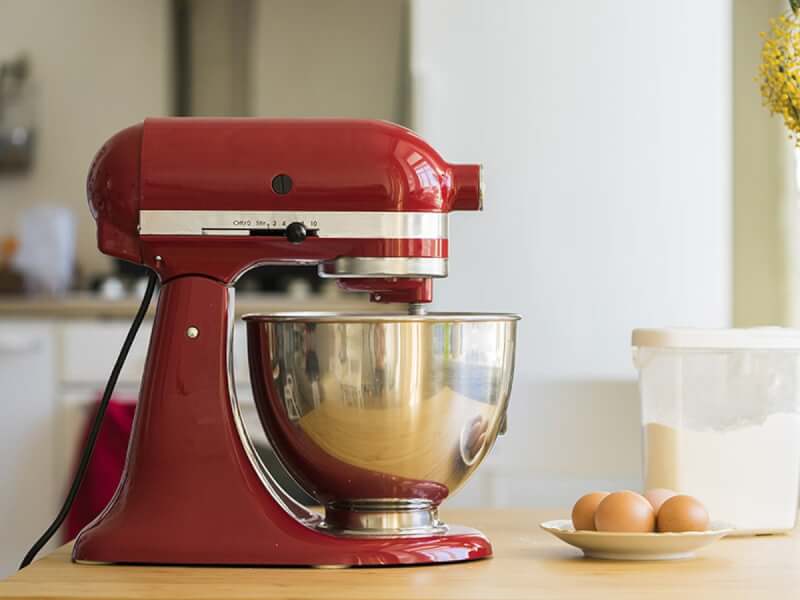
The next mixer type is the stand mixers. Unlike hand mixers, stand mixers can be left alone. All you need is to pour the ingredients into the bowl, set up the mixer, and let it mix them for you.
There is no need to worry about whether the ingredients are mixed evenly. Thanks to its design, the mixer will ensure that every wet and dry ingredient is mixed together thoroughly.
Similar to hand mixers, there are various attachments available to choose from as well.
Do keep in mind that these types of baking mixers are much more expensive than their hand counterparts. The price, however, is worth paying in the long run.
Why? Because stand mixers can last for years as they are built to last. Also, it improves your productivity in the kitchen tremendously as you can do other things while the mixer mixes the ingredients for you.
Another downside of stand mixers is their size and weight. Compared to hand mixers, stand mixers are significantly larger and heavier. So if you want one in your kitchen, make sure there is room for it.
3. Hand/Stand
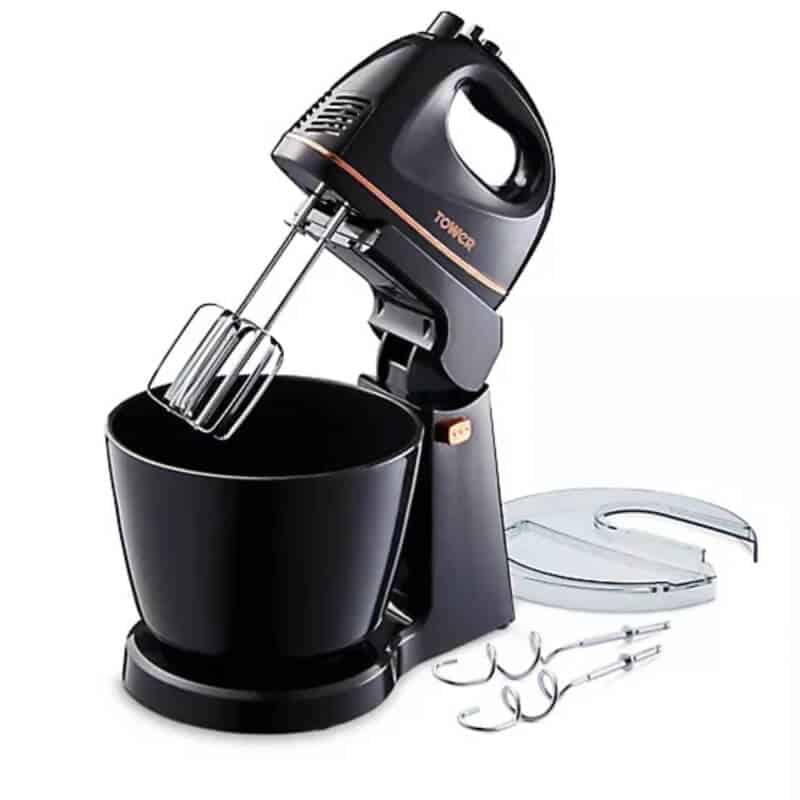
Want the best of both worlds? In that case, choose the hand/stand mixers. These types of mixers can do what both hand and stand mixers do.
These types of mixers are basically a combination of a hand mixer and a stand on which the mixer can be attached, creating a stand mixer.
This means that you can let the mixer mix the ingredients for you and, if a manual adjustment is needed, detach the mixer and control the mixer’s movement yourself.
With just the press of a button, you can switch to and fro hand and stand mixers.
What you should keep in mind about hand/stand mixers is that they will need more room to store than a hand mixer. Fortunately, these mixers can be separated into two parts, making storing easy.
Depending on your cooking needs, you might want to get a hand/stand mixer that can handle heavy and thick doughs with ease.
4. Manual

The last mixer type is the manual mixers. Compared to the other types of baking mixers on the list, manual mixers are less popular.
Manual mixers don’t have the power hand mixers do. They also need to be operated manually, unlike stand mixers which you can leave alone once you have put all the ingredients and set up the mixer.
These don’t mean there is no use for manual mixers at all, of course. They do have their uses. For example, you can use a manual mixer to mix smaller portions of ingredients.
As they are entirely manual, they don’t need electricity to run. Meaning, you can mix your ingredients wherever you want. No need to find a socket nearby.
Using a manual mixer, you can make a sauce, quick dressing, or whipped cream immediately. Yes, even if you are outside the kitchen.
Things to Consider When Buying a Mixer
1. Your cooking needs
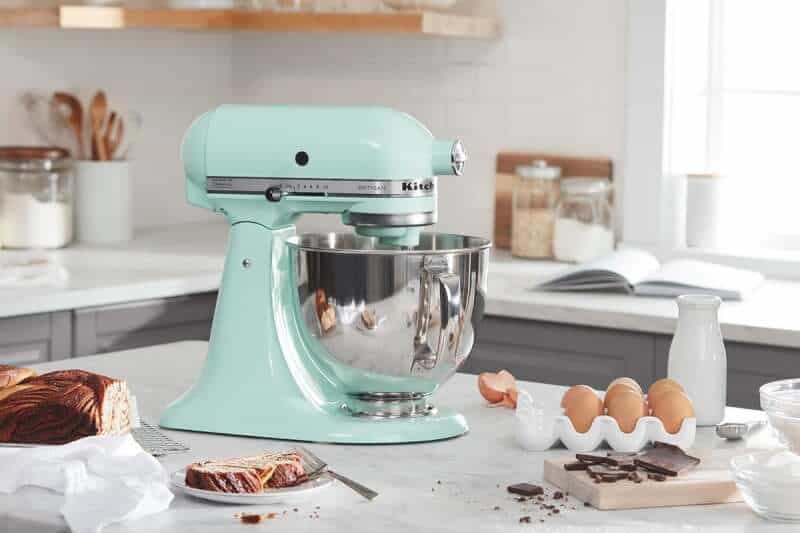
The first thing to consider when buying a mixer is your cooking needs. Before you shop for types of baking mixers, take your time and think about what you are planning to use the mixer for.
Think about not only the recipes you will make but also the amount of food you will make using the mixer.
If you are planning to make a lot of food, choose a mixer that can handle a lot of dough, for example.
2. Price range
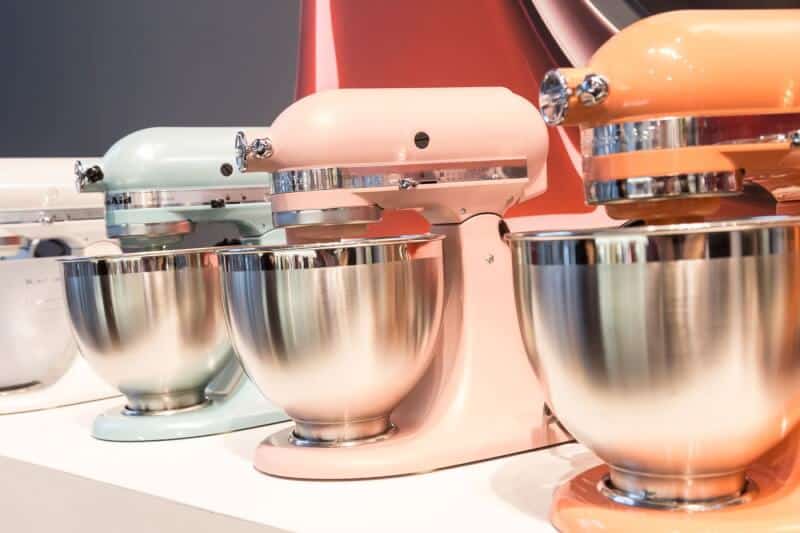
The price is important to consider as well. How much money are you willing to spend for a mixer? The more money you are willing to spend, the more options you have.
That doesn’t mean you should buy the most expensive one, of course. You want a good quality mixer at a reasonable price.
For most homeowners, mixers in the $200 to $300 price range will do the trick.
3. Size
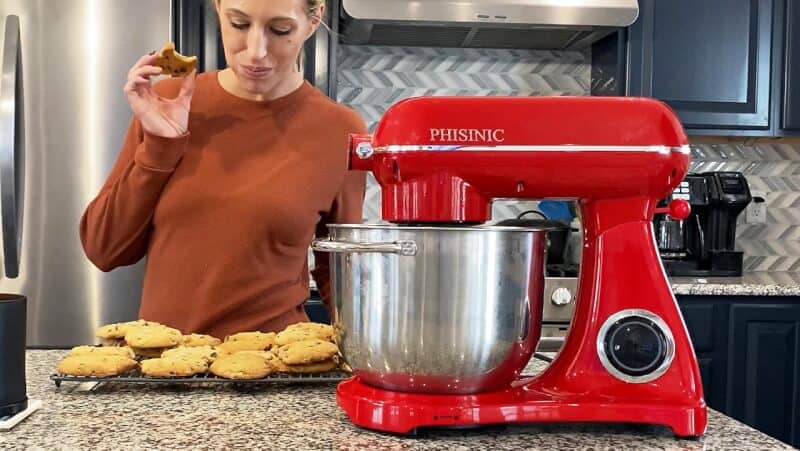
The more space you have for the mixer, the more options you have for a mixer in terms of size. Only buy a mixer that your kitchen can accommodate.
4. Weight
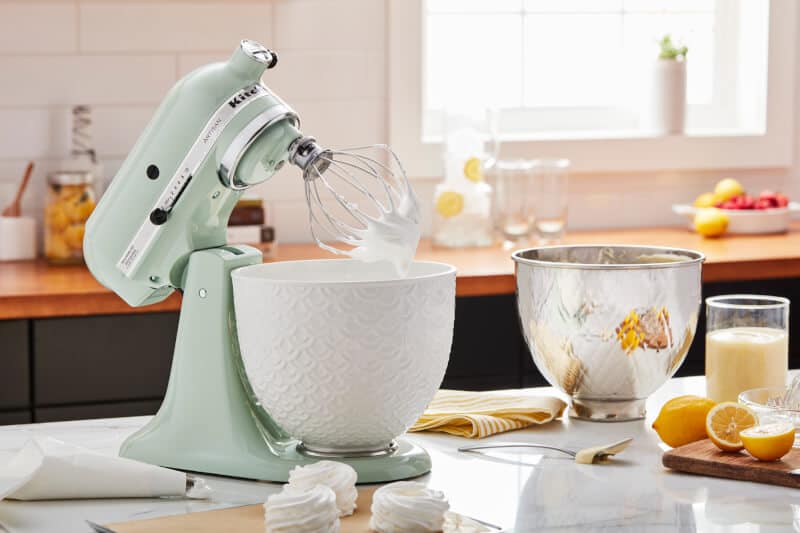
The weight of the mixer matters, especially if you are likely to move the mixer around.
If you want a mixer you can move around with ease, choose a hand or hand/stand mixer. Likewise, if you are okay with a stationary mixer, choose a stand or hand/stand mixer.
5. Speed settings
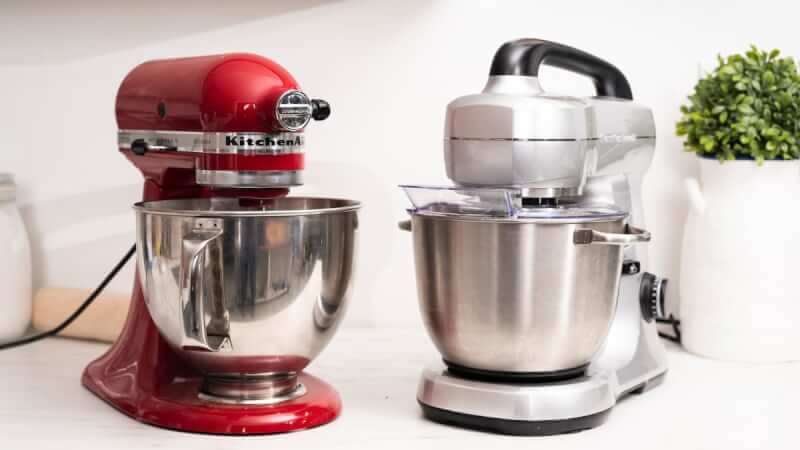
This also has to do with your cooking needs. Remember, different food requires different speed settings.
So whatever food you will make the mixer, make sure that the mixer has the necessary speed settings for it. Regardless of the types of baking mixers, make sure that the mixer has a slow start setting.
For many homeowners, a mixer with three-speed settings will suffice. That said, having a mixer with more speed options certainly won’t hurt.
There are 4 types of baking mixers: hand, stand, hand/stand, and manual. When you buy a mixer, consider your cooking needs, price range, size, weight, and speed settings so you can get one that fits you the best.
